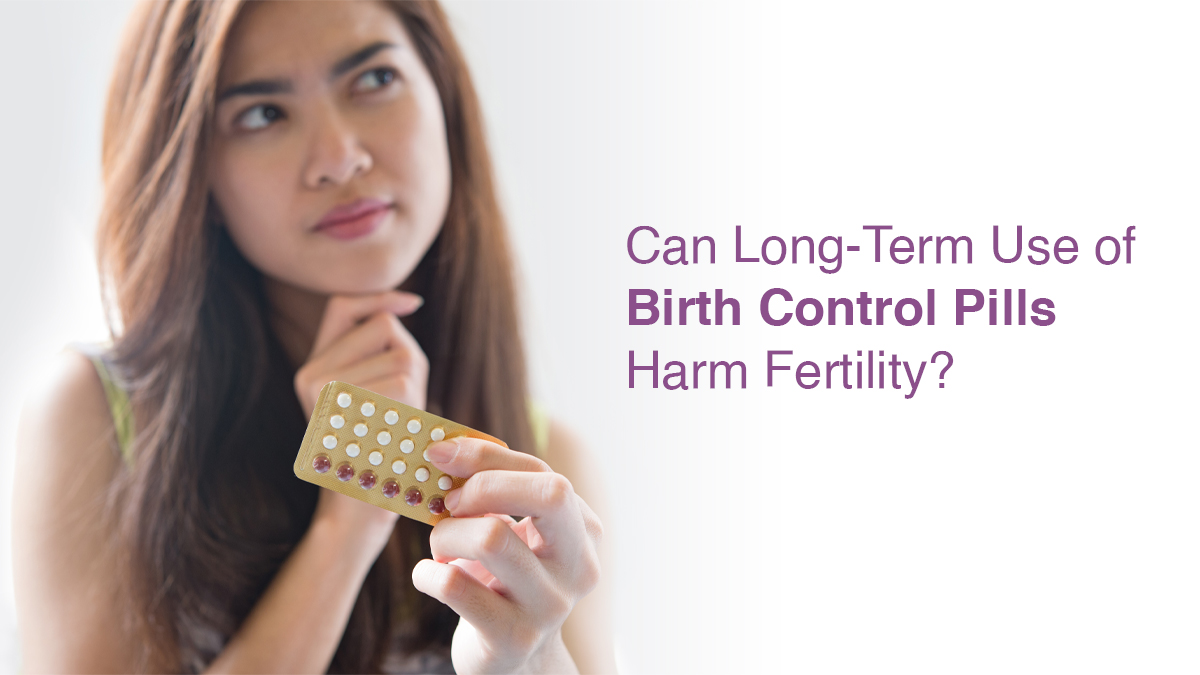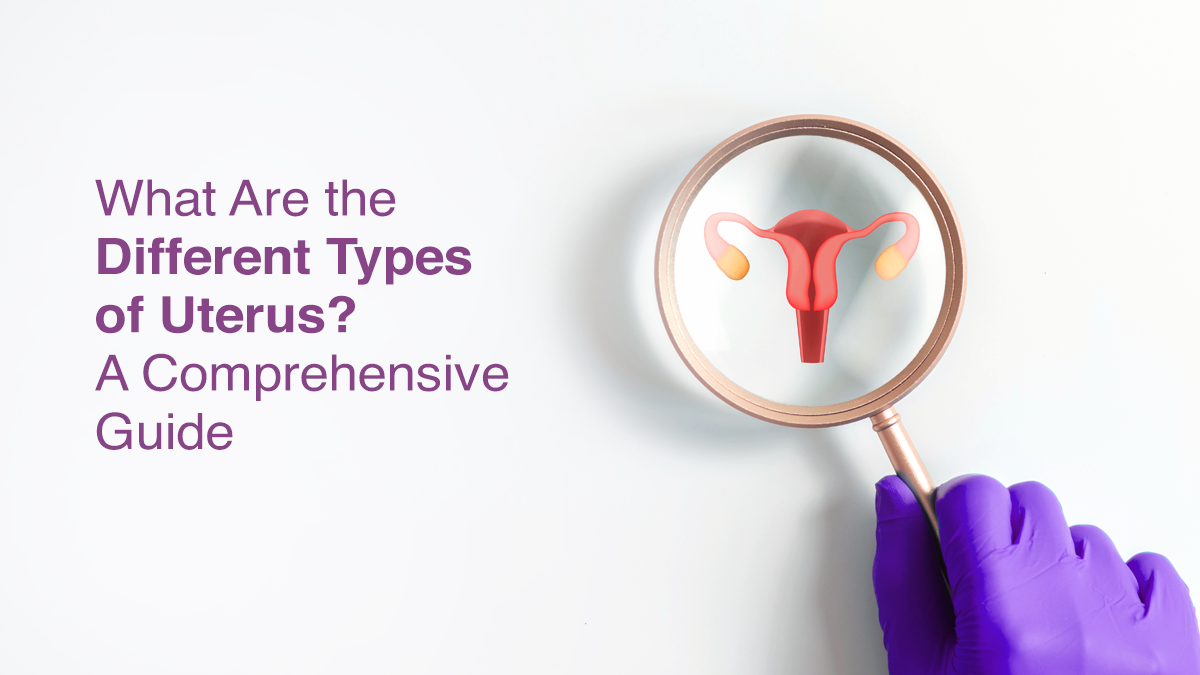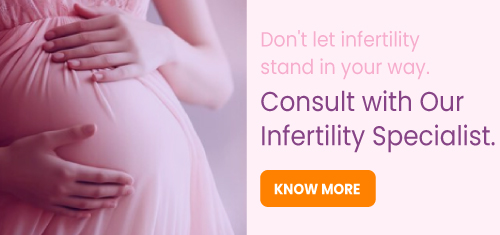
An In-depth Guide to Understanding Intramural Fibroids

Did you know that 20% to 70% of women in their reproductive years develop uterine fibroids? Of these, the most common type is the intramural fibroid. If you have been experiencing heavy periods or painful intercourse, the cause could be an intramural fibroid. The good news is that this is a non-cancerous tumour that can be eliminated through the appropriate treatment. It is called “intramural” because it grows on the muscular wall of the uterus. Normally, intramural fibroids can range in size from 1 mm to 200 mm or more. Depending on their location and size, they can create problems in pregnancy and/or delivery.
Symptoms of Intramural Fibroid
Intramural uterine fibroids can go undiagnosed because they often have no symptoms. In fact, studies show that only about 20%-50% of women who experience symptoms need treatment. The symptoms that are usually associated with this type of uterine tumours include:
- Lower back and pelvic pain
- Extended and heavy periods that could result in anaemia
- Spotting or bleeding between periods
- Feeling of fullness or heaviness in the stomach (when the fibroids are large)
- Pain during sex
Causes of Intramural Fibroids
Although the exact causes of intramural fibroids are still unknown, they are often linked to hormonal imbalances. This is because these fibroids tend to shrink after you hit menopause when the levels of oestrogen and progesterone decline. However, research does show that there are some risk factors linked to the development of these tumours, such as a family history of fibroids, obesity, early onset of menstruation, late menopause and not having been pregnant or given birth to a child.
Intramural Fibroids and Pregnancy
The size and location of the fibroids can lead to reproductive problems. For example, if the fibroid blocks the fallopian tubes, it can prevent the sperm from fertilizing the egg. On the other hand, if the size is very large, it could create problems in the fertilised egg implanting successfully on the uterine wall. Intramural uterine fibroids can also lead to early termination of pregnancy or miscarriage. If the fibroids are located in a way to block the passage to the cervix, natural vaginal delivery could be a problem.
Diagnosis of Uterine Fibroids
Although uterine fibroids can develop at any age, the diagnosis occurs between the ages of 30 and 40 in most cases. Often, they are detected during a routine gynaecological examination or when an ultrasound abdomen is done for some other problem. Diagnosis usually begins with a physical examination of the inner area of the vagina to know the presence of fibroids. If they suspect the presence of intramural fibroids but cannot feel them, the doctor might require some imaging tests, such as an ultrasound, CT scan or MRI. These tests give a clearer picture of the inside of the uterus, so that your doctor can determine, the nature, size and location of the fibroids.
Treatment Options for Intramural Fibroids
The treatment for intramural fibroids depends on the symptoms you are experiencing, as well as the size, location and number of tumours. If you have not been experiencing any symptoms and the fibroids are small, you might not require any treatment. However, if you are experiencing pain or discomfort, your doctor could prescribe pain medication. For heavy periods, where there is a risk of anaemia, iron supplements can help to reduce this risk.
For larger intramural fibroids, the treatment of choice might be medication. This can include birth control pills or injections and gonadotropic (a hormone) releasing agonists (GnRH), which can reduce the size of the tumours. GnRH agonists might also be used to shrink the size before surgery. Other birth control measures, such as intrauterine devices (IUDs) or rings can also be used instead of birth control pills.
Surgery might become an option depending on the size and nature of the fibroids. If you plan to get pregnant in the future, the doctor might use a surgical procedure, called myomectomy, to remove the tumours without harming the uterus. In severe cases, a hysterectomy might be the recommended treatment for intramural fibroids, where the entire uterus is removed.
Did you know you can prevent fibroids or shrink their size with lifestyle changes? A balanced diet and regular exercise can help you maintain a healthy weight and regulate hormone levels. Include plenty of fresh fruits and vegetables and whole grains in your diet to get the required quantities of nutrients and fibre. In addition, reduce stress and ensure high quality of sleep.
Complications of Untreated Intramural Uterine Fibroids
Since intramural fibroids often do not lead to any symptoms, they may go undiagnosed and untreated till you face a problem in conception or carrying a pregnancy to term. If left untreated, these tumours could lead to prolonged and heavy menstruation, which in turn could cause anaemia. Without treatment, intramural fibroids could grow in size, putting pressure on the neighbouring organs. This can lead to persistent pain or a feeling of fullness or bloating in the abdomen.
If the fibroids are pressing against the bladder, you might experience a frequent urge to urinate or difficulty emptying the bladder fully. The size and location of the tumours could also lead to discomfort or pain during sexual activity and even infertility in some cases.
If diagnosis and treatment do not occur in time, intramural uterine fibroids could grow larger and larger, leading to severe symptoms and complicating the treatment. If you have been experiencing one or more of the symptoms mentioned above or are having trouble with pregnancy, visit your nearest Oasis Fertility Clinic. Our infertility experts can help you with timely diagnosis and treatment. You can also use our live chat facility or call 1800-3001-1000 for immediate assistance.


fill up the form to get a
Free Consultation
Avail 0% interest on EMI
All Procedures | No Upper Limit
Frequently Asked Questions
Can intramural fibroid be prevented?
Is intramural fibroid serious?
Do intramural fibroids need to be removed?
What is the normal size of an intramural fibroid?
How we reviewed this article:
- Current Version
- December 17, 2024 by Oasis Fertility






